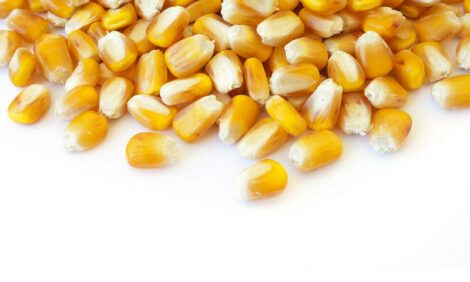



Growth Performance of Heavy Pigs Fed Diets Decreasing Crude Protein and Indispensable Amino Acids
Heavy pigs reared for dry cured ham can be fed diets with reduced levels of crude protein and essential amino acids, without any detrimental effects on performance, according to recently published work in Padua, Italy.A recent study at the University of Padova aimed to investigate the effect of decreasing dietary crude protein and indispensable amino acid content, relative to conventional diets, on growth performance of heavy pigs for dry cured ham production.
In a paper in Livestock Science, Luigi Gallo and colleagues explain how four dietary treatments (conventional: CONV, medium-high protein, medium-low protein and low protein: LP) were formulated by replacing soybean meal with wheat grain to contain 146 to 117 and 133 to 108g crude protein per kg in early (90 to 130kg bodyweight) and late finishing (130 to 165kg bodyweight) periods, respectively.
Within period, diets contained the same amounts of indispensable amino acid per unit of crude protein, and the standardised ileal digestible (SID) lysine content was 42.2 and 35.5g per kg of crude protein in early and late finishing periods, respectively.
A total of 240 crossbred pigs, grouped in three batches of 80 pigs each, were assigned to one of four dietary treatments according to bodyweight and sex (10 pigs per pen, gilts and barrows and two pens per treatment in each batch).
Pigs were fed restrictively using a single-space electronic feeder, and feed allowance increased from 2.4 at the start (92±10kg bodyweight) to 3.2kg per day at the end of the trial (167±10kg bodyweight), irrespective of sex.
Initial and final bodyweight and backfat depth (P2) measures were used to estimate body composition, and lipid and protein retention.
These estimates, along with feed intake data, were used to study the partitioning of ME and SID lysine among body functions.
Nitrogen excretion was estimated as actual nitrogen intake minus nitrogen retention, and nitrogen retention was computed as protein retention divided by 6.25.
Final bodyweight, average daily gain and final P2 backfat averaged 167kg, 0.665kg per day and 18mm, respectively.
Diet had no effect on these traits, as well as on gain to feed ratio (0.253), lipid retention (265g per day), protein retention (95g per day) and the ME available for maintenance (0.845MJ/kg BW0.60).
From CONV to LP, SID Lys intake decreased from 137 to 122g per kg protein retention and nitrogen excretion decreased by 22 per cent.
In this production system, a reduction of dietary crude protein and indispensable amino acid content is advisable, as no negative impact on growth performance was observed compared to standard diets, concluded Gallo and colleagues.
Reduced inclusion of soybean meal with a minimal supplementation of amino acid reduces feed costs and nitrogen excretion.
The Padova-based group added that this would increase the number of pigs raised per unit of land where a maximum nitrogen load per hectare is constrained by law.
Reference
Gallo L., G. Dalla Montà, L. Carraro, A. Cecchinato, P. Carnier and S. Schiavon. 2014. Growth performance of heavy pigs fed restrictively diets with decreasing crude protein and indispensable amino acids content. Livestock Science, 161(1):130-138.
March 2014








